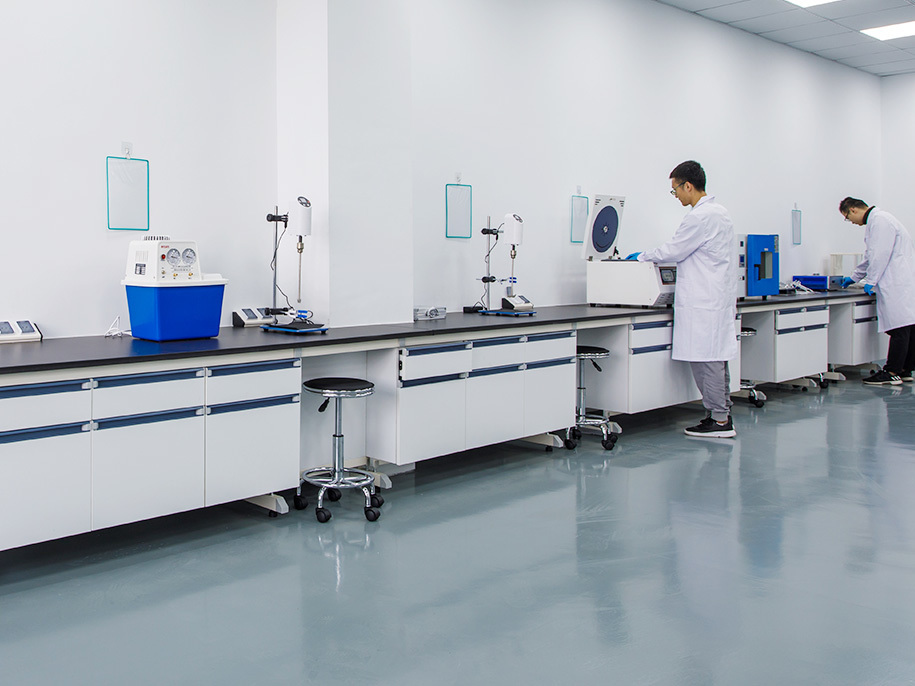Graphene in Anti-Corrosion Coatings: Extending the Life of Metals
Metal corrosion is a major challenge across industries, causing billions of dollars in economic losses annually. From offshore structures and pipelines to automotive and infrastructure, protecting metals from corrosion is crucial. Traditional coatings, such as epoxy resins, zinc-based paints, and polymer composites, offer some protection, but their effectiveness is often limited under harsh environmental conditions.

Graphene, with its atomic-thin structure and exceptional barrier properties, is emerging as a revolutionary material for anti-corrosion coatings.
Why Graphene is Ideal for Anti-Corrosion Coatings
Graphene possesses several properties that make it highly suitable for corrosion protection:
-
Impermeability – Graphene sheets are nearly impermeable to gases and liquids, preventing oxygen and water from reaching the metal surface.
-
Chemical Stability – Resistant to acids, alkalis, and salts, ensuring long-term durability.
-
Mechanical Strength – Enhances coating toughness and prevents cracking.
-
Electrical Conductivity – Can form protective electrochemical layers that inhibit corrosion reactions.
-
Thin Film Efficiency – Minimal material required for effective protection, reducing weight and cost.
Applications Across Industries
1. Marine and Offshore Engineering
-
Saltwater accelerates corrosion in ships, oil rigs, and offshore wind turbines.
-
Graphene-based coatings provide an effective barrier against chloride ions and moisture ingress.
-
Integration with epoxy resins or polymer matrices improves adhesion and mechanical durability.
2. Oil and Gas Pipelines
-
Pipelines transporting crude oil and natural gas are prone to internal and external corrosion.
-
Graphene coatings, applied internally or externally, can reduce maintenance costs and extend service life.
-
High chemical stability protects against acidic or sulfide-rich fluids.
3. Automotive and Aerospace Applications
-
Lightweight metals like aluminum and magnesium are prone to corrosion.
-
Graphene coatings enhance scratch resistance and prevent oxidation without adding significant weight.
-
Flexible coatings conform to complex surfaces while maintaining protection.
4. Infrastructure and Civil Engineering
-
Steel reinforcements in concrete are vulnerable to chloride-induced corrosion.
-
Graphene additives in cementitious coatings or paints enhance barrier properties and durability.
-
Prolongs the lifespan of bridges, buildings, and tunnels, reducing repair costs.
Integration Methods
-
Graphene-Polymer Composites – Dispersing graphene in epoxy or polyurethane resins.
-
Electrophoretic Deposition (EPD) – Applying graphene nanosheets directly onto metal surfaces.
-
Spray Coating – Scalable method for industrial applications.
-
Layer-by-Layer Assembly – Forms ultra-thin multilayer coatings with superior barrier properties.
Challenges
-
Dispersion – Graphene tends to agglomerate; uniform dispersion is crucial.
-
Adhesion – Surface functionalization may be needed to enhance bonding with substrates.
-
Cost – High-quality graphene remains relatively expensive for large-scale applications.
-
Long-Term Testing – Corrosion resistance over decades still requires extensive validation.
Future Outlook
Graphene-based anti-corrosion coatings have significant potential to transform metal protection:
-
Hybrid Coatings – Combining graphene with other 2D materials like h-BN for enhanced performance.
-
Smart Coatings – Incorporating sensors for real-time corrosion monitoring.
-
Eco-Friendly Formulations – Reducing volatile organic compounds (VOCs) compared to conventional paints.
With ongoing advances in large-scale graphene production and coating technologies, these applications are becoming commercially viable, offering industries a sustainable way to extend metal lifespans.
Graphene anti-corrosion coatings represent a next-generation solution for industries facing metal degradation. Their unique barrier properties, chemical stability, and mechanical strength enable longer-lasting protection, reduced maintenance costs, and improved performance across marine, energy, automotive, and infrastructure sectors.

